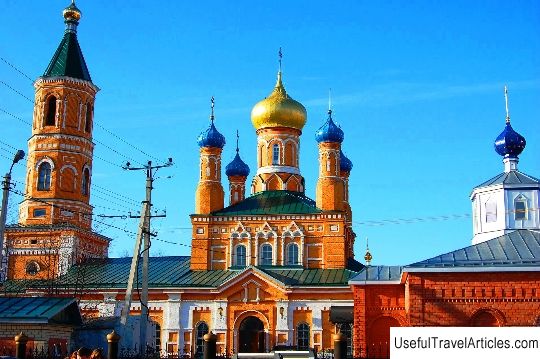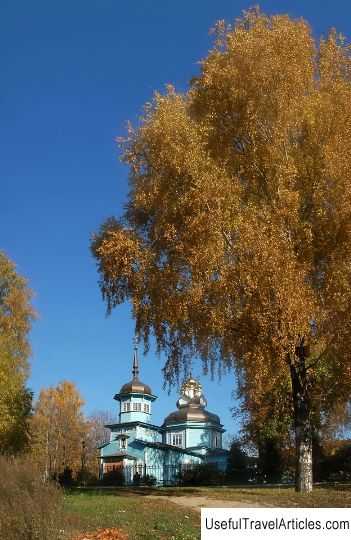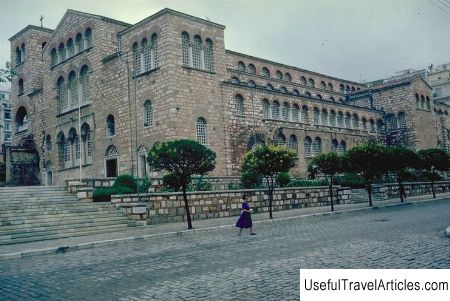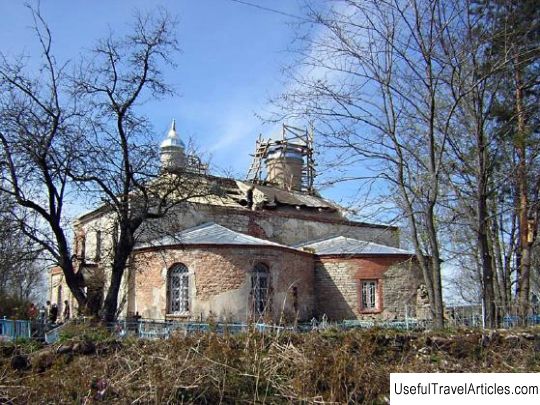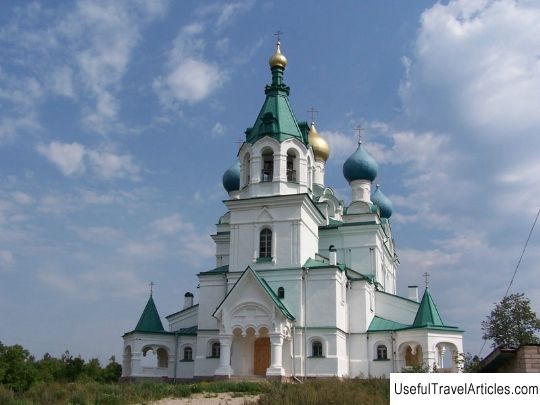Church of Demetrius Thessaloniki description and photos - Russia - North-West: Pskov
Rating: 8,3/10 (865 votes) 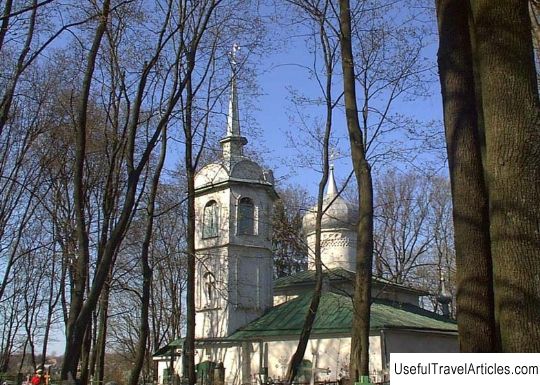
Church of Demetrius Thessaloniki description and photos - Russia - North-West: Pskov. Detailed information about the attraction. Description, photos and a map showing the nearest significant objects. Photo and descriptionThe area where the church of the Holy Great Martyr Demetrius of Thessalon was built has been called "the country of St. Demetrius" since ancient times. Perhaps the ancient church was built even earlier than the 14th century, since by this time the name of the area had already firmly established itself among the people. The modern construction of the temple dates back to 1534. The church stands on the territory of Dimitrievsky in the Monastery Field. The first information about the monastery itself appeared in the 15th century. In 1454, the inhabitants of Pskov met their new prince Shemyakin here. It is known that earlier in the church there was a locally revered icon of the Holy Great Martyr Demetrius Thessaloniki. According to legend, it was written in memory of the victory over the hordes of Stephen Batory. In 1615, the Swedes completely destroyed the entire Dimitrievsky monastery. This fate did not pass by the temple of Demetrius Thessaloniki. After that, the monastery was restored and assigned to the bishop's house. In 1782, with donations from the Pskov merchant Vukol Yevstafievich Pobedov, the side-altar of the Presentation of the Most Holy Theotokos was added to the right side of the church. Most likely, the porch was built at the same time as the temple, since their walls are of the same thickness. The temple had two thrones. The first of them, in the main church - the Holy Great Martyr Demetrius of Thessaloniki, Myrrh-streaming, the second was in the chapel of the Introduction to the Temple of the Most Holy Theotokos. The church building was built of Pskov stone. It has a drum with a double row of decorations, a bulb-shaped head with a high spire. There is also a chapter above the chapel, but much smaller than the main one. In the interior you can see four round pillars with supporting arches, behind them vaults begin. In 1808, they wanted to demolish the temple due to complete dilapidation, but the Holy Synod did not give a blessing for the demolition of the church. A bell tower with seven bells was erected near the temple in 1864. The largest of them weighed 70 pounds. The inscription on it testifies that this bell was cast in Pskov on May 18, 1790 by the Opochets master Fyodor Maksimov. There were no inscriptions or weight marks on other bells. In the same year, the chapel of the temple was rebuilt. In 1879, a school was founded in honor of the anniversary of the reign of Emperor Alexander II. Since 1915, Alexy Cherepnin was appointed priest to this temple. After his arrest in 1938, the church was closed. The church was reopened shortly after the appointment of another priest. It never closed again. During the Second World War, the priest Father George Bennigsen was appointed the priest of the Church of the Holy Great Martyr Demetrius Thessaloniki. He was a member of the Pskov Orthodox Mission. Through his efforts, a parish school and an orphanage for children were created. During the years of the German occupation, the school was closed by the Germans and all children aged 12 and over were obliged to work. Then Father George was appointed head of extracurricular work with children. The war caused significant damage to the temple. The roof was damaged, valuable icons of the 15-18 centuries were stolen from the iconostasis. Today the temple stands on the territory of the Dmitrievsky cemetery. It began to form in the 19th century, when burials of the sisters of the Old Ascension Monastery appeared around the temple. Many church and secular leaders who lived in the territory of Pskov were also buried here - Metropolitan John (Razumov), M.A. Nazimov, relatives of Ivan Pushchin, F.M. Plyushkin, I.N. Skrydlov, I.I. Vasilev, E.P. Nazimov and V.M. Bibikov, as well as B.S. Skobeltsyn, V.A. Poroshin and many others. On September 21, 1960, the Pskov City Executive Committee adopted a resolution to close the Dmitrievsky cemetery for mass graves.     We also recommend reading Salar de Uyuni description and photos - Bolivia: Oruro Topic: Church of Demetrius Thessaloniki description and photos - Russia - North-West: Pskov. |
